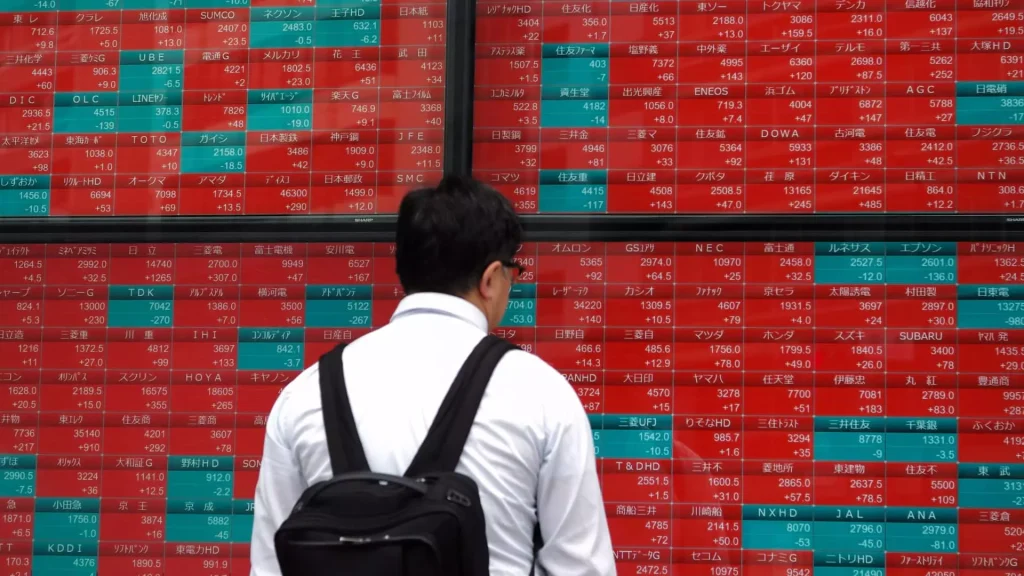The recent trends in Asia-Pacific markets highlight a growing unease over tariff policies and the potential for a U.S. recession. Major indexes, including Japan’s Nikkei 225 and South Korea’s Kospi, have experienced significant declines, reflecting investor fears about the international economy.

Japan’s Nikkei 225 fell by 1.7%, with companies like Konica Minolta seeing drops of over 7%. The revised GDP for Japan’s fourth quarter, which decreased to 2.2% from the expected 2.8%, underscores the country’s economic challenges. This disappointing performance signals deeper issues within Japan’s technology and manufacturing sectors.
South Korea’s Kospi also shed over 1.26%, indicating a potential stability crisis for an economy usually supported by strong exports and technological innovation. This downturn contributes to a growing pessimism about South Korean market prospects.
In Hong Kong and Taiwan, indexes similarly lost nearly 1%, with the Hang Seng Index reflecting the interconnectedness of global financial systems. Taiwan’s index faced over 3% drops earlier in the session, showcasing the volatility in investor sentiment.
Observing the U.S. market, where major indexes have rapidly lost gains due to fears of a tariff-induced recession, serves as a cautionary tale. The S&P 500 dropped by 2.7%, while the tech-heavy Nasdaq experienced its worst session since September 2022. Such corrections often trigger selling frenzies that can impact even the most resilient sectors, suggesting that a U.S. downturn could escalate into a global economic crisis.
As market dynamics appear increasingly fragile, the tight links between international economies raise concerns about how long markets can maintain stability before significant cracks emerge. The financial landscape is filled with anxiety and uncertainty, leaving investors wary as they navigate this precarious economic situation.


